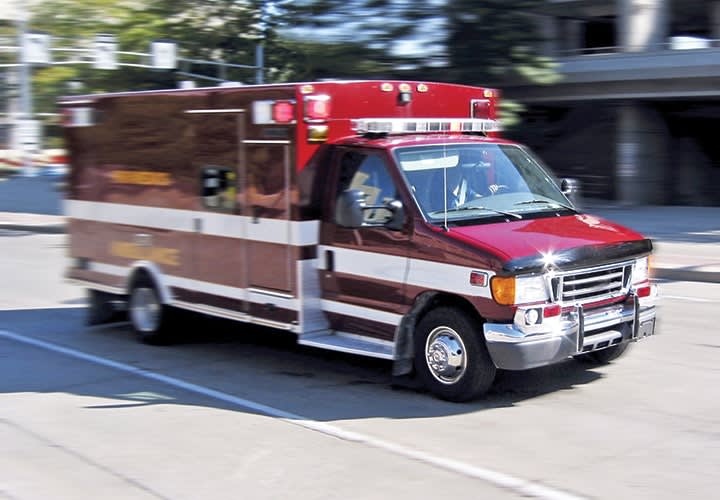When an officer is shot, a two- to three-person rescue and extraction team should immediately come together from the officers on the scene. Pull a patrol vehicle over to the officer to provide cover. Apply a tourniquet if needed and/or quickly pack the wound. Load the officer in the back of the patrol vehicle, have one to two officers hold pressure on the wound, and run code quickly but safely to the closest emergency room.
While you are en route to the hospital, have dispatch notify the hospital you are on your way and that you have a wounded officer who needs trauma care. The hospital will activate the trauma team and will most likely be waiting on the ER ramp with a stretcher when you arrive.
When to Transport
You should be able to have the officer treated and loaded in a vehicle in two to three minutes. The best way you can ensure this level of efficiency is to drill with other officers to execute this lifesaving action before you need it.
Once the wounded officer is loaded into a vehicle, you most likely can have the officer in the hands of an ER team faster than fire and EMS can get to you. If you are a rural department, the travel time to an ER will be longer, but so will the time it takes fire and EMS to get to you.












